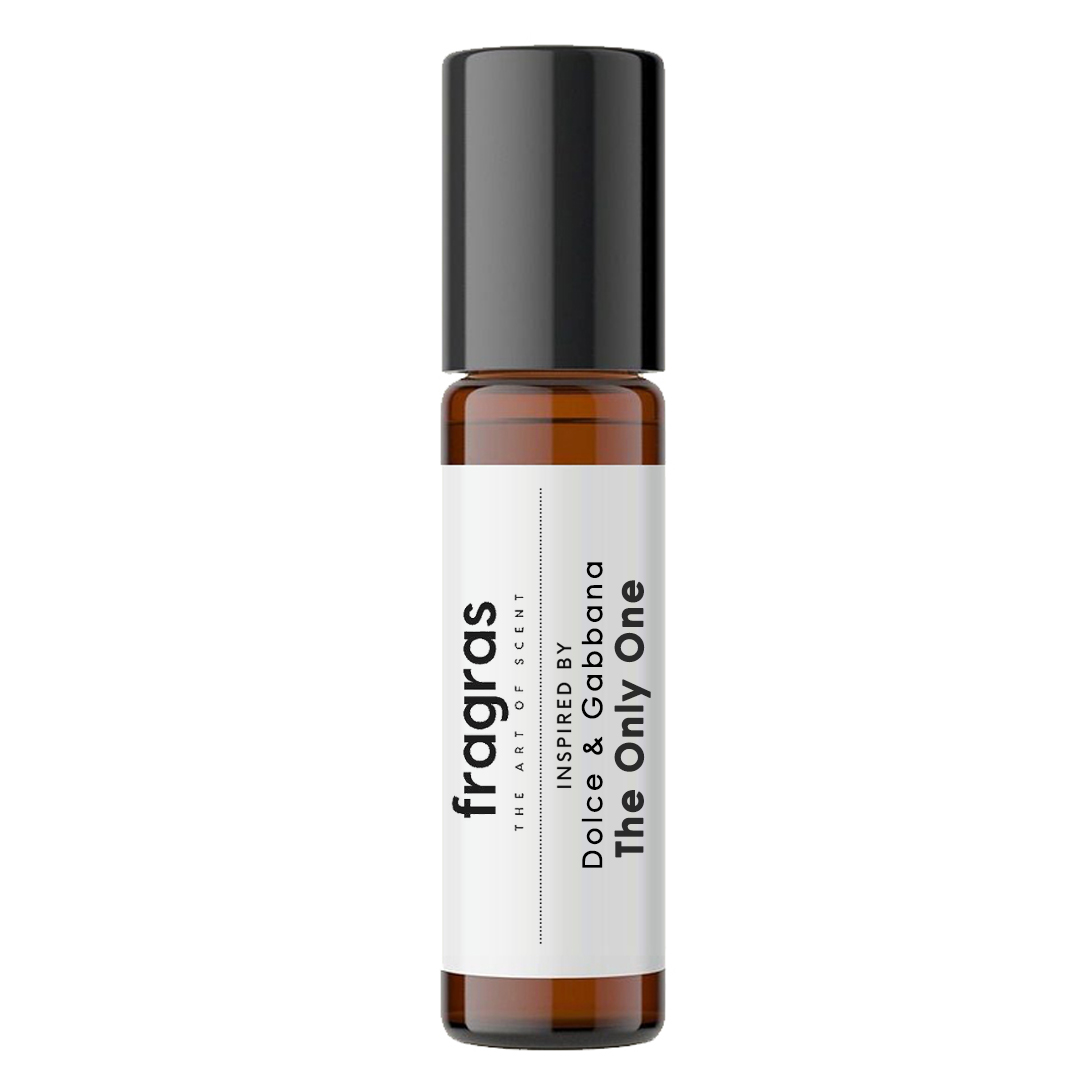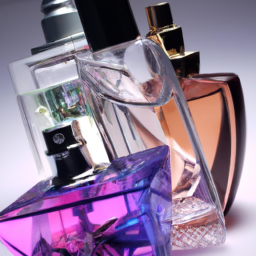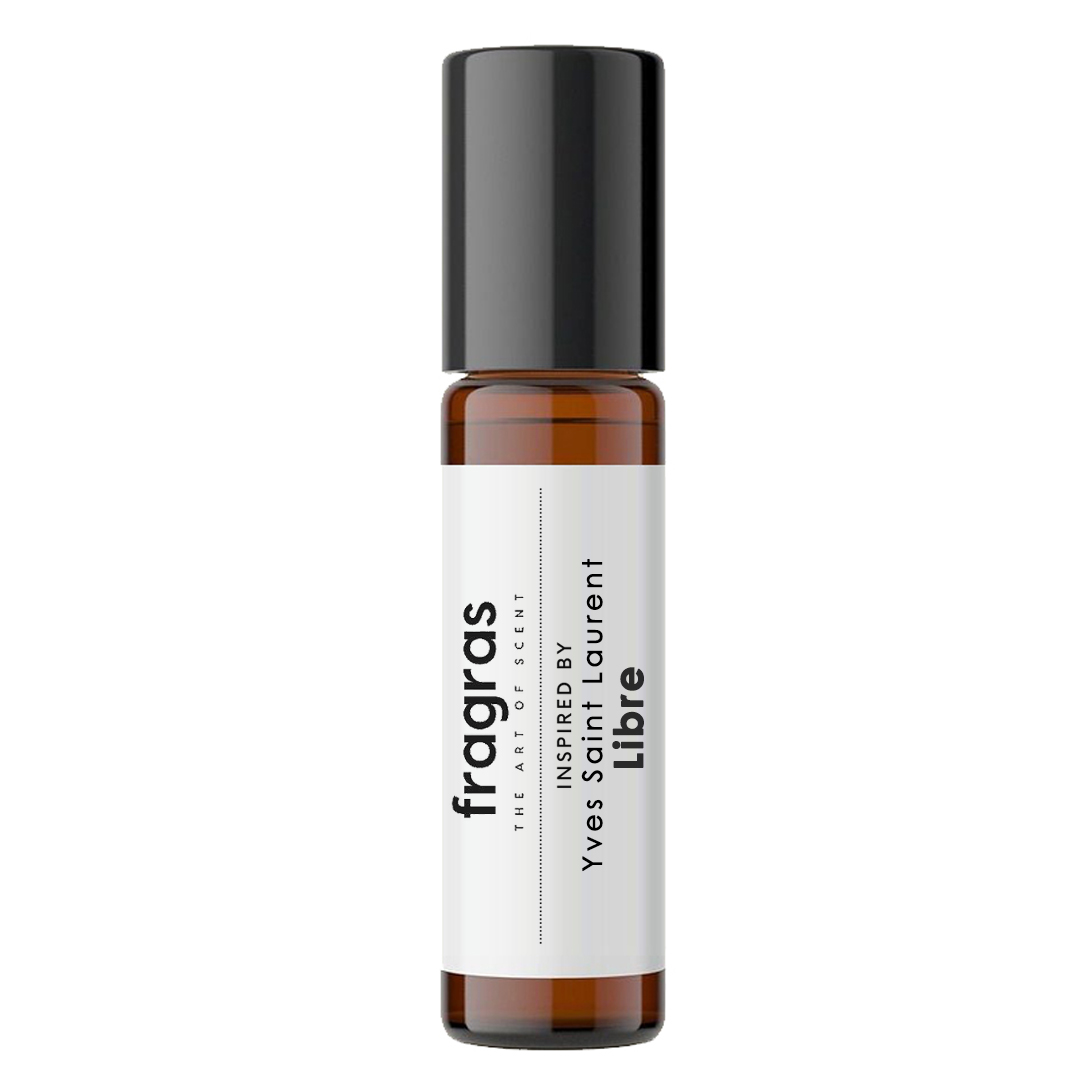
The Science of Replicating Scents: Understanding the Art of Perfume Cloning
The allure and complexity of perfume is unparalleled—its ability to evoke emotion, transport us to a distant memory, or accompany an occasion with its own atmosphere of scent. The fragrances we spray not only serve to enrich our lives, but can become almost an extension of us. As if in response to this powerful connection, there has been a rise in the need to clone the exact scent of one’s favourite perfume, or even better, to craft an entirely original fragrance.
What is Perfume Cloning?
Perfume cloning is exactly what it sounds like—it’s the process of taking a scent and reproducing it precisely. The goal is to capture every single note that went into making that exact fragrance as faithfully as possible.
How it Works
The art form itself is a delicate science that requires skill, precision and experience. It involves the same components whether replicating or reconceiving an entirely new perfume:
- Elements. Each type of scent comes from specific base materials such as essential oils, extracts, and other substances.
- Concentration. This depends on the individual notes used and how much of each should be used for optimum sweetness or intensity.
- Blending. Each material has its own unique strength, weakness and level form which helps create the depth and longevity of each scent.
Once these have been identified and blended, testing follows to ensure that volume, viscosity and heat are all factored in. The aim is for a perfect replication upon application.
Types of Perfume Cloning
This process can be ranked along a spectrum according to degree of complexity:
- Preset Cloning. When a certain perfume offers limited choices in terms of formulation, a preset cloning would be the simplest jump off point.
- Single Note Cloning. Fragrances that entail more than one ingredient would require specific notes to be cloned.
- Multi-Note Cloning. Entire top, middle and bottom notes will have to be fully duplicated in order to achieve the desired result.
The difficulty lies in the precision required to correctly identify each note in order to replicate them correctly. Otherwise, an homage may be mistaken for a replica.
Conclusion
Crafting your own personal perfume or making exact replicas can seem complex but with proper knowledge it can become more straightforward. The art of perfume cloning captures the essence of an original composition by taking elements from several ingredients and bringing them together in one beautiful symphony. As people look for more unique ways to make their mark with their signature fragrance, this newfound art presents an opportunity for enthusiasts to explore their creative side while also expanding their olfactory horizons.
At Fragras, our premium perfume dupes are expertly crafted to mimic the scents of your favorite designer brands, at a fraction of the cost. With a wide range of dupes to choose from, including popular scents from Chanel, Dior, and Yves Saint Laurent, you’re sure to find the perfect scent for you. All of our dupes are made with high-quality ingredients and are long-lasting, so you can enjoy your favorite scent all day long. So why spend a fortune on designer fragrances when you can get the same great scent for less with Fragras? Visit our website at Fragras Shop to browse our collection and find your perfect scent today.























